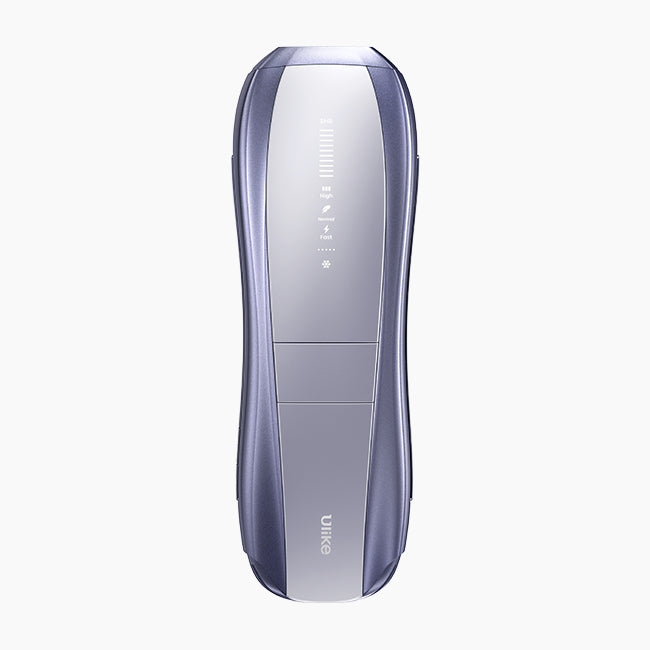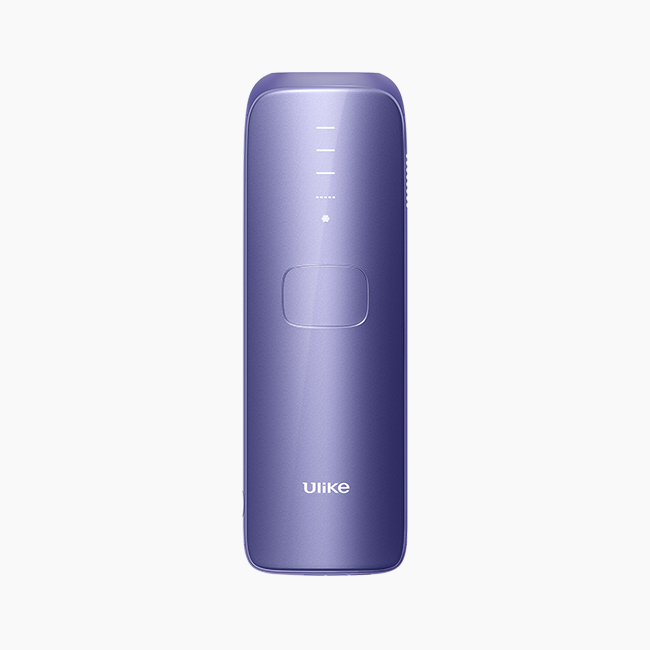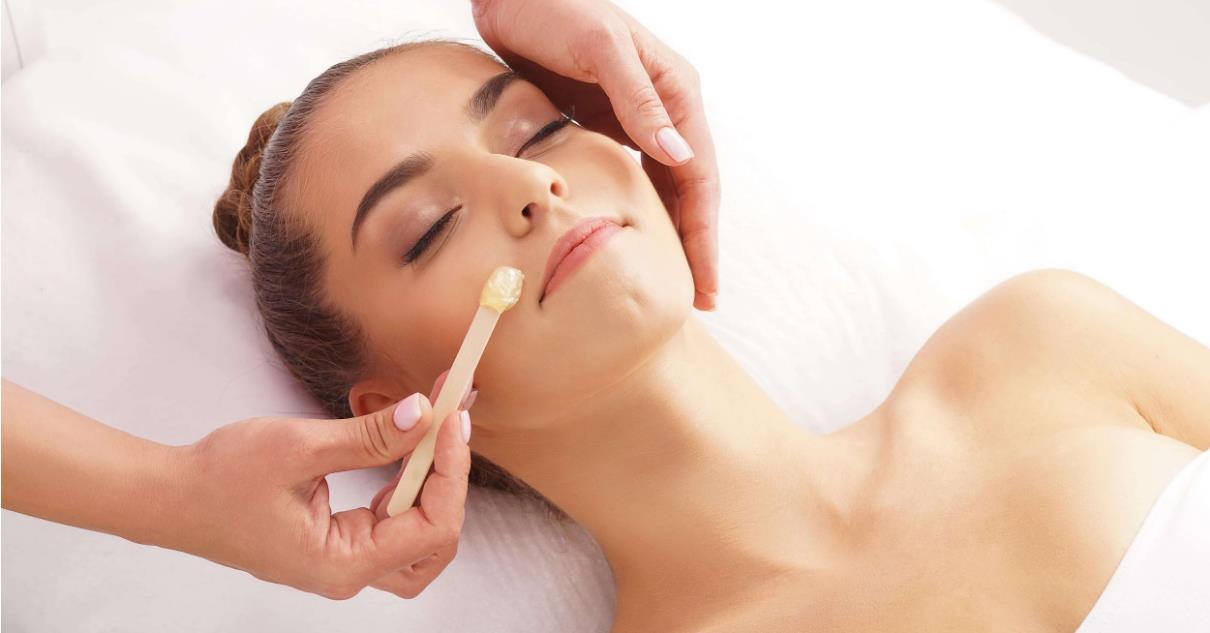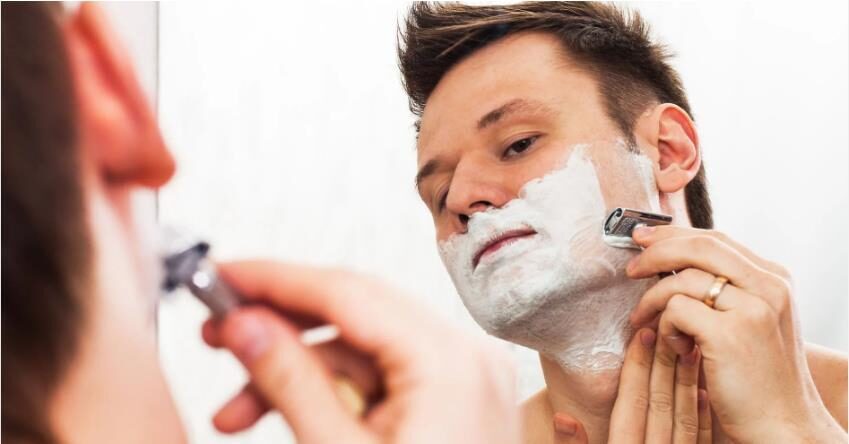
The formation of tiny and itchy rashes on the skin immediately after shaving is a result of razor burns. They irritate your skin and lead to the inability to remove hair again by shaving, waxing, or any other hair removal method until you get them treated. So, if you want to keep on shaving comfortably, you must prevent the razor burns.
The question here arises: How to prevent razor burn? This article provides some useful tips for treating razor burns and prevents them from occurring at all. So, let’s get started. Table of Contents:
- Part 1: What Does A Razor Burn Look Like
- Part 2: Razor Burns vs. Herpes vs. Razor Bumps
- Part 3: How to Stop Razor Burns with Home Remedies
-
Part 4: How to Prevent Razor Burns by Changing Your Habits
Part 1: What Does A Razor Burn Look Like
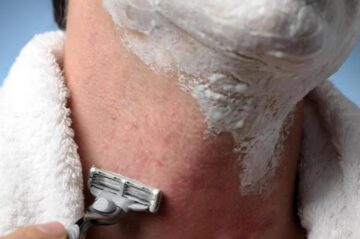 After completing the shave, some individuals might feel irritation on their skin and this irritation is usually referred to as razor burns. The skin gets red and blotchy in the shaved area and gives the appearance of a rash. Just like you get rashes after allergy, these razor burns are also itchy and stinging in sensation. To eradicate their occurrence from the root, it is important to know the exact causes of a razor burn. Let’s discuss some of the most common ones:
After completing the shave, some individuals might feel irritation on their skin and this irritation is usually referred to as razor burns. The skin gets red and blotchy in the shaved area and gives the appearance of a rash. Just like you get rashes after allergy, these razor burns are also itchy and stinging in sensation. To eradicate their occurrence from the root, it is important to know the exact causes of a razor burn. Let’s discuss some of the most common ones:- Improper shaving techniques: Improper shaving technique such as dry shaving involves shaving without any lubricating agent like gel, cream, or lotion can cause razor burns. Additionally, if you are shaving too quickly, aggressively, or against the grain, you can still expect razor burns.
- Sensitive skin: The shaving razors irritate the skin and disrupt the uppermost layer (epidermis) of our skin. This skin disruption results in small cracks, swelling, and loss of hydration from the skin which eventually cause razor burns.
- Using dull blades: For shaving the hair using dull blades, you need to apply more pressure which means increased friction between your skin and the shaving blades. This results in microabrasion, skin rashes, and irritation.
Part 2: Razor Burns vs. Herpes vs. Razor Bumps
It is a common practice for people to interchange razor burns with razor bumps and some even confuse these two terms with herpes. The small bumps in all three conditions can make it difficult for you to differentiate them. If you see any redness and bumps, do not freak out, and keep the following points in mind to identify them correctly.
Appearance
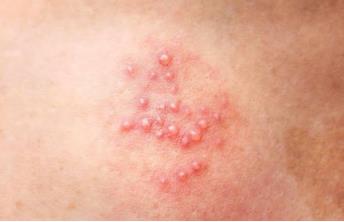 The razor burns commonly appear as small, red patchy areas with blotchy skin surfaces. They appear similar to a skin rash while the razor bumps are small inflammatory bumps that typically look like red pimples on the skin.
The razor burns commonly appear as small, red patchy areas with blotchy skin surfaces. They appear similar to a skin rash while the razor bumps are small inflammatory bumps that typically look like red pimples on the skin.Herpes has a similar appearance to those two, but the herpes blisters are fluid-filled as shown in the picture. These blisters rupture and turn into brown crusty sores.
Causes
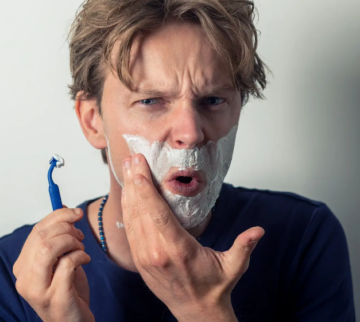
Razor burns are mainly caused by increased friction between the skin and the razor. The major reasons behind this are improper shaving techniques and the use of dirty or dull razors. Similar to razor burns, razor bumps also occur after shaving when you cut your hair short, and these shortened hair curl back into your skin.
Unlike these two, herpes is caused by herpes simplex virus. The virus can be transmitted sexually or by skin-to-skin contact.
Location
All your body including the legs, arms, cheeks, neck, or even chest is susceptible to razor burns and bumps. On the other hand, herpes is observed to target some specific areas like genital, rectal, or oral areas more frequently.
Sensation of Pain
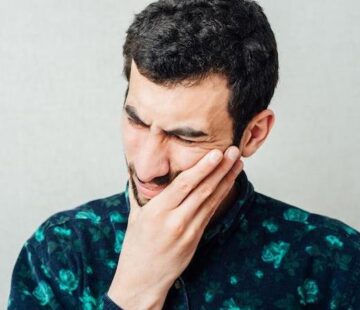 Razor burns have a slight stinging sensation while the razor bumps and herpes cause pain. When you apply pressure on the areas with razor bumps, you can feel the pain.
Razor burns have a slight stinging sensation while the razor bumps and herpes cause pain. When you apply pressure on the areas with razor bumps, you can feel the pain. Unlike razor bumps, herpes is not always painful and the severity of pain can vary from person to person. It can be completely nearly painless, slightly painful, or extremely painful for different individuals.
Mode of Treatment
You can try a number of home remedies, proper skin care, and topical creams for treating the pain, itchiness, and inflammation of both razor burns and bumps. However, a complete course including antiviral and pain-relieving medications is required for the management of herpes.
This implies that razor bumps and burns do not always require external assistance but you cannot treat herpes without a professional. Moreover, while razor bumps and burns can be treated, there is no long-lasting cure for herpes and you can only manage the symptoms.
To learn how to treat and prevent razor bumps or ingrown hair, click How to Prevent Ingrown Hair After Shaving.
Part 3: How to Stop Razor Burns with Home Remedies
This section is mainly for those who are continuously wondering how to help razor burn but still cannot figure out any reliable answer.
Cold Compressions
 How to get rid of razor burn fast? Apply cold compresses. The cold compressions soothe your skin as soon as you apply them and get rid of redness around the affected area. Additionally, it can also reduce inflammation. Direct application of ice can irritate your skin so wrap it in a washcloth and then put the washcloth on razor burns.
How to get rid of razor burn fast? Apply cold compresses. The cold compressions soothe your skin as soon as you apply them and get rid of redness around the affected area. Additionally, it can also reduce inflammation. Direct application of ice can irritate your skin so wrap it in a washcloth and then put the washcloth on razor burns.Aloe Vera
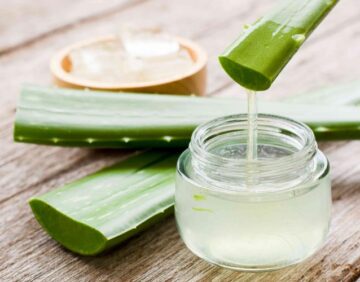 How to get rid of razor burn in an hour? Aloe vera can prove an effective razor burn remedy. It has healing properties and has been used in the treatment of first and second-degree burns for a long time. As soon as you apply aloe vera gel on the skin, it moisturizes the skin and provides comfort. Applying the gel multiple times heals the razor burns. To know other benefits of aloe vera, click 10 Benefits of Aloe Vera for Skin and Hair.
How to get rid of razor burn in an hour? Aloe vera can prove an effective razor burn remedy. It has healing properties and has been used in the treatment of first and second-degree burns for a long time. As soon as you apply aloe vera gel on the skin, it moisturizes the skin and provides comfort. Applying the gel multiple times heals the razor burns. To know other benefits of aloe vera, click 10 Benefits of Aloe Vera for Skin and Hair. Oils
 Several natural oils like tea tree oil, coconut oil, and almond oil can also be helpful in stopping the damage caused by razor burns. The coconut oil has anti-inflammatory and antiseptic properties while the almond oil acts as a great emollient and hydrating agent for your skin.
Several natural oils like tea tree oil, coconut oil, and almond oil can also be helpful in stopping the damage caused by razor burns. The coconut oil has anti-inflammatory and antiseptic properties while the almond oil acts as a great emollient and hydrating agent for your skin.If you are allergic to these two, you can use tea tree oil mixed with water. This diluted oil is useful for reducing inflammation and protecting your skin from microbes.
Witch Hazel Extract
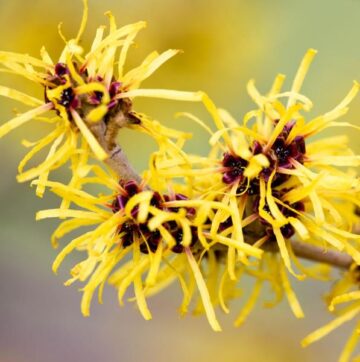 Witch Hazel is an astringent that can prove beneficial in soothing razor burns. Enriched in tannins, this extract can get rid of the redness on your skin and reduce the inflammation caused by razor burns.
Witch Hazel is an astringent that can prove beneficial in soothing razor burns. Enriched in tannins, this extract can get rid of the redness on your skin and reduce the inflammation caused by razor burns.Furthermore, it is not only helpful for the treatment of razor burns but also aids in their prevention.
Baking Soda Paste
Baking soda can be found in almost every house and you can use it to soothe the irritation caused by razor burns. A thick paste of baking soda can help in healing the razor burns and provide relief from the discomfort caused by these burns.
All you need to do is to make a paste and apply it twice for 20 minutes each day until the razor burns are completely gone.
Part 4: How to Prevent Razor Burns by Changing Your Habits
 Exfoliation Before Shaving
Exfoliation Before Shaving Cleansing and exfoliating the skin clears the skin from all dirt on your body and gets rid of the dead skin cell layer. Your skin needs to be clear of all the dust, dirt, and other impurities so that there is minimum resistance between the skin and the shaving razor. Moreover, clogged pores also serve as a hindrance to proper shaving and you can get rid of this by exfoliating your skin before shaving. You can use loofah, scrubs, or exfoliating gloves for this purpose.
Learn the Right Shaving Technique

As mentioned earlier, wrong shaving techniques can cause razor burns so it is advised to learn the right way to shave to minimize the chance of razor burns from occurring. The right way includes: softening your hair with a damp cloth before shaving and avoiding dry shaving. For this purpose, apply the shaving cream, remove hair in the direction of your hair growth, and do not apply much pressure while doing so.
Moisturize Your Skin After Shaving
Shaving abrades your epidermis and this makes your skin more sensitive and prone to external agents. Therefore, it is necessary to apply a moisturizer to the shaved area for your skin to retain its moisture barrier and heal properly. However, some moisturizers can irritate the skin and worsen your condition so make sure you are using a moisturizer with natural products.
The article 12 Best Face Moisturizers to Buy in 2023 can help you find some reliable products.
Choose a Sharp Shaving Razor
Blunt and dirty blades are one the reasons for the frequent occurrence of razor burns. That is why, ensure the cleanliness of your blades after every shave and then store them in a dry place. In addition, discard the blades as soon as they get dull.
Wear Loose Clothes
Wearing tight clothes irritates the skin. When the fibers from your clothes come in contact with the skin, they irritate the skin and can possibly cause rashes. So, give your skin a proper time to heal and wear loose clothes during that time.
Conclusion
You can completely prevent razor burns just by bringing a few changes in your shaving habits and daily routine. These include pre-shaving skincare, skin hydration, and shaving in the same direction of hair growth.
Furthermore, use sharp blades for quick and smooth shaving. So, to minimize the discomfort caused by razor burns, make sure you are implementing these tips every time you shave your unwanted hair.
Lastly, keep in mind that if one solution does not work for you, the other will, and even if that does not, do not be anxious and keep on experimenting. Everyone has different skin types and conditions so you will eventually find your answer too.
